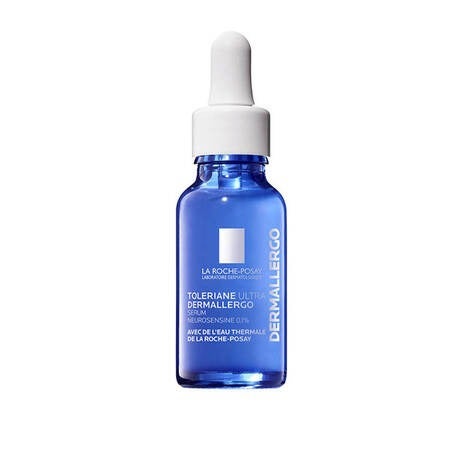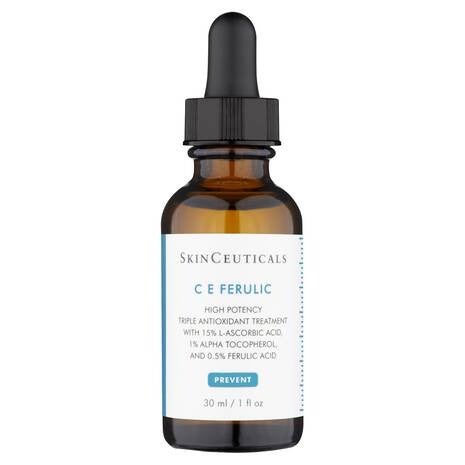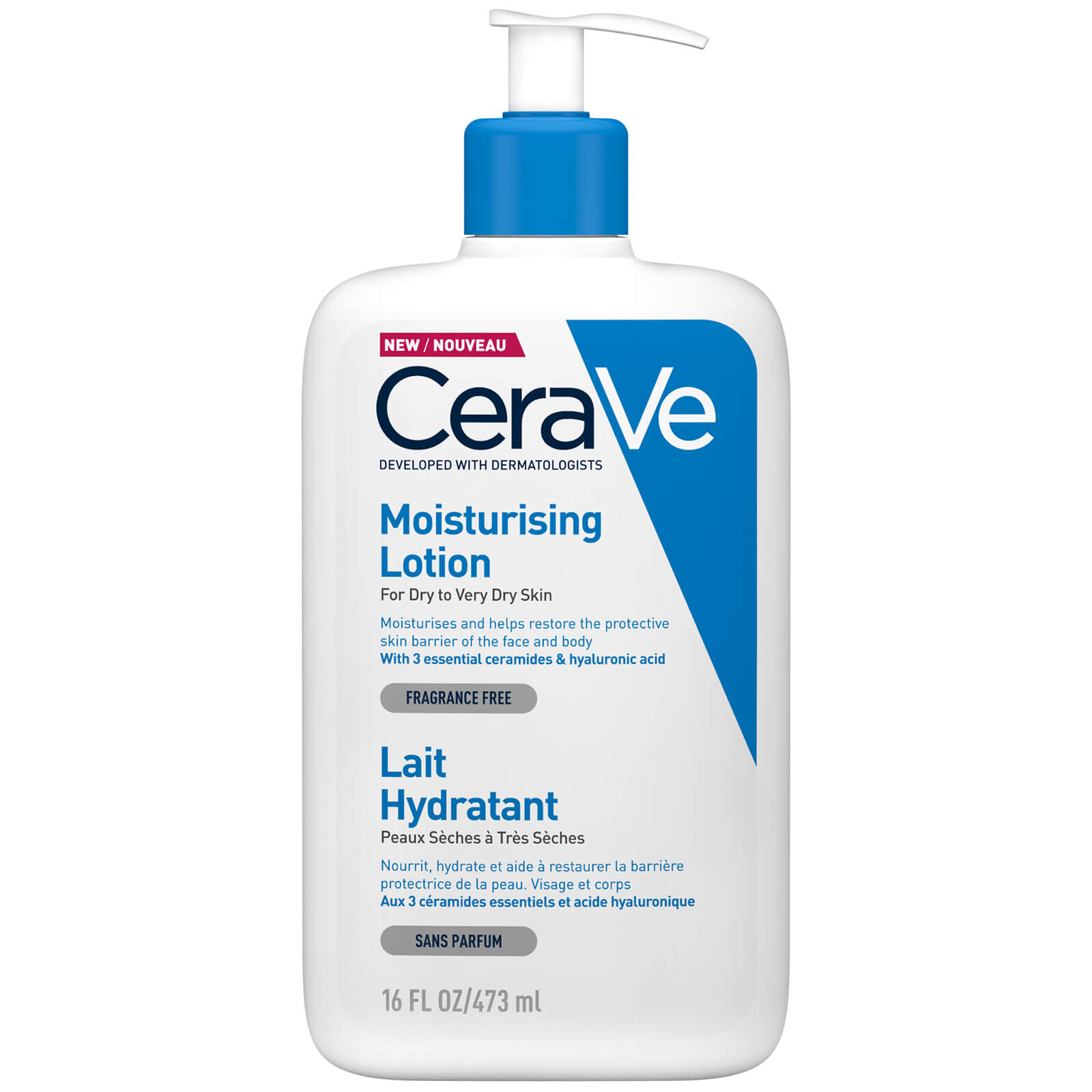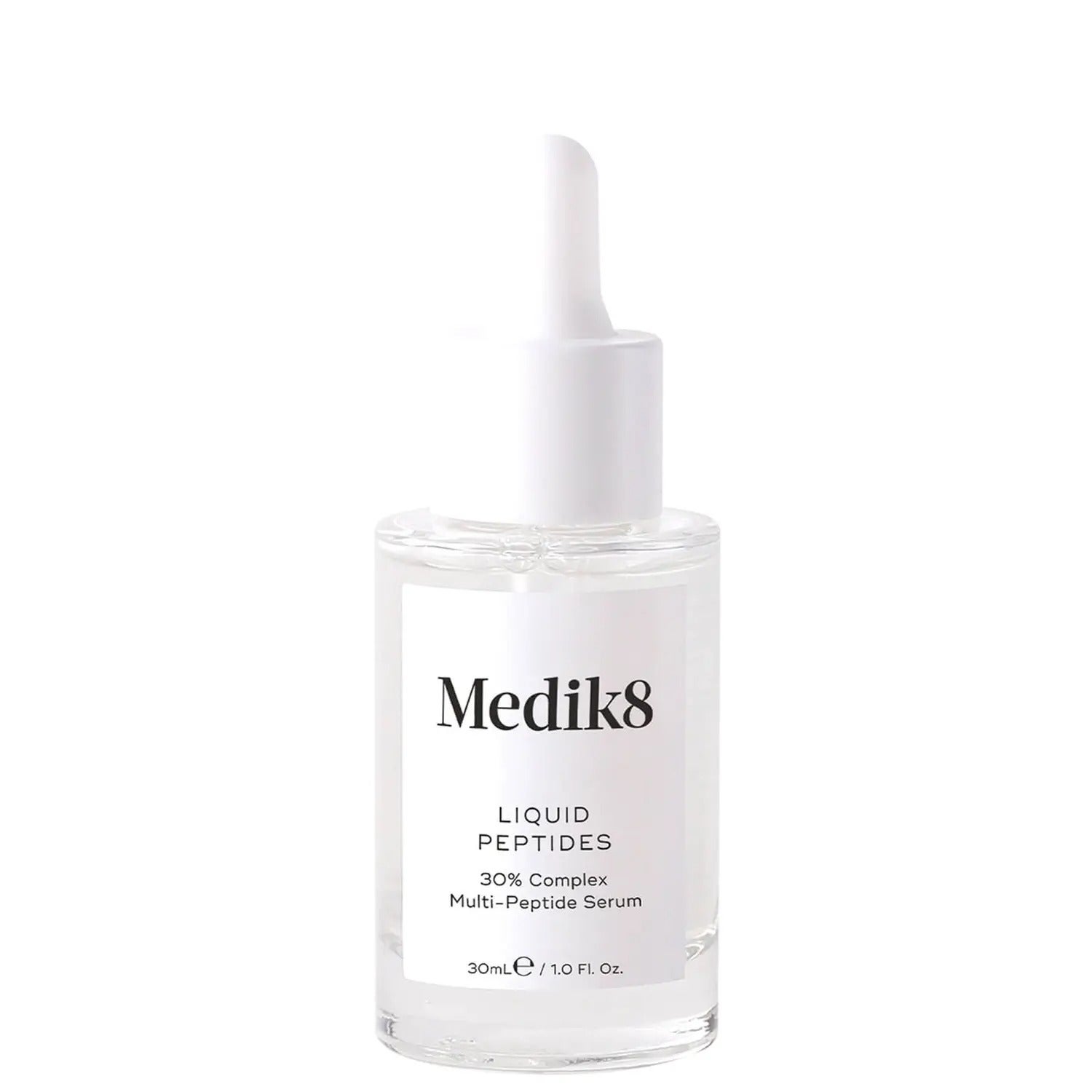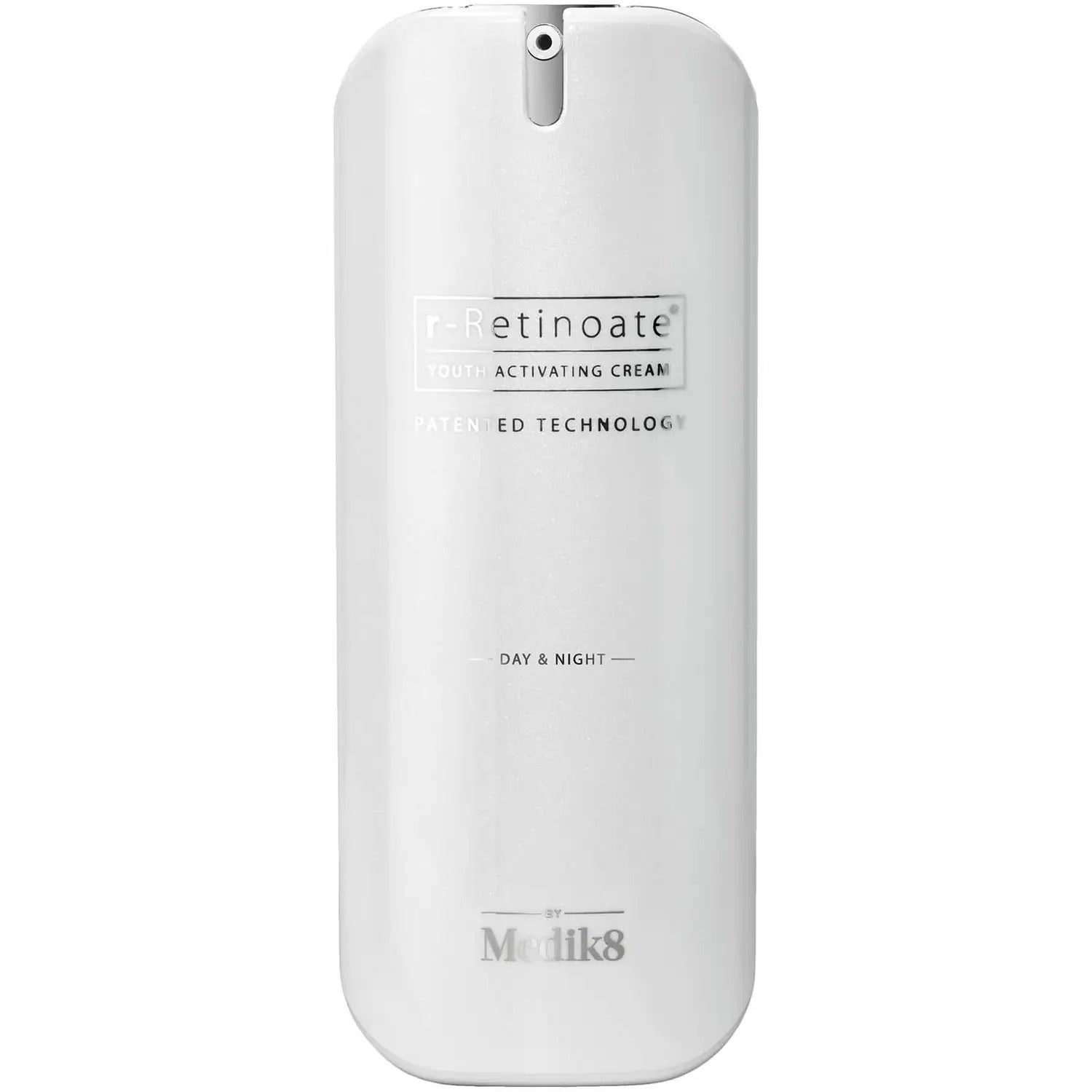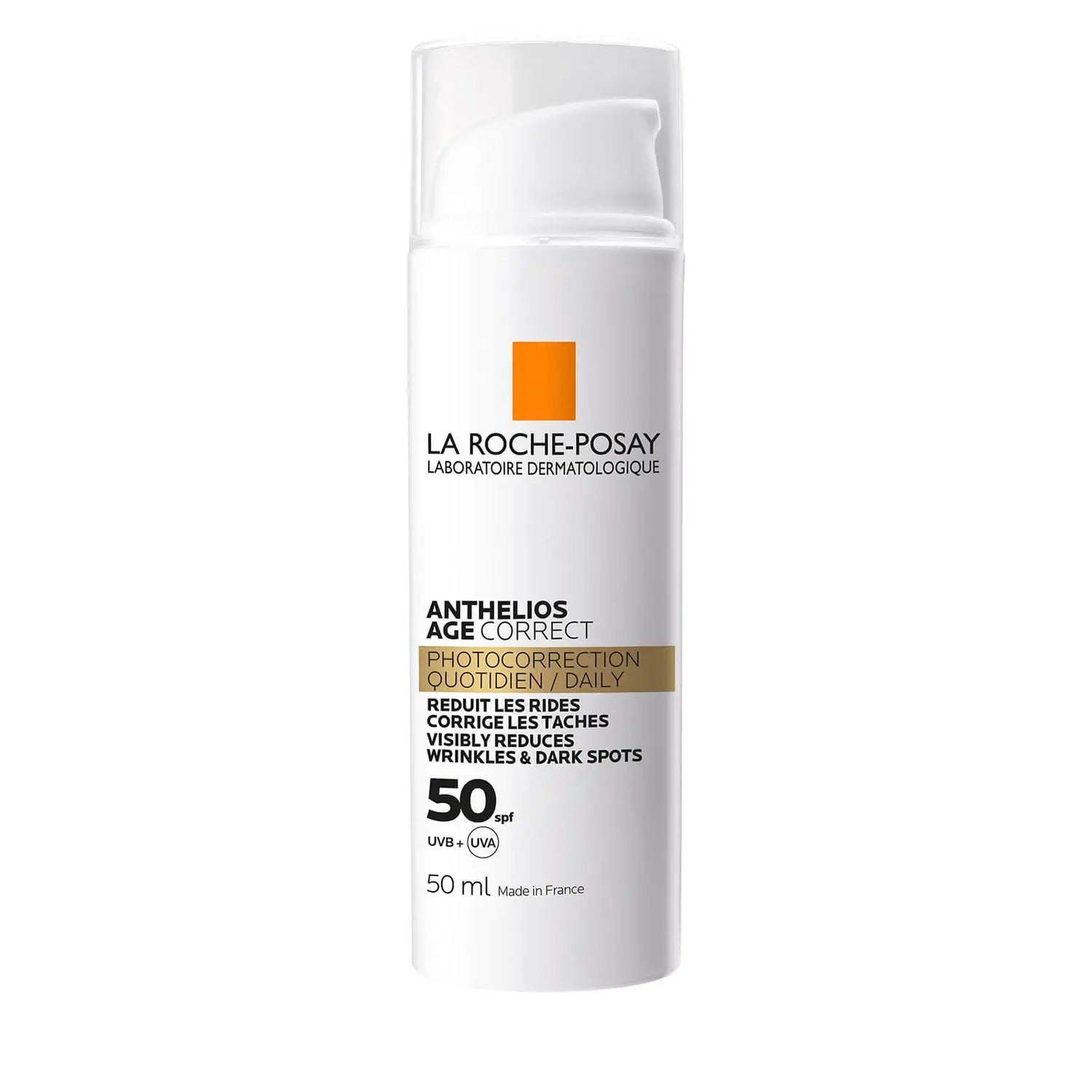Skincare Cocktailing Could Give You Your Best Skin Ever
Illustrated by Olivia Santner
Dear Daniela,
What is ‘skincare cocktailing’? I’ve seen lots of people I follow on Instagram and TikTok talking about it – usually with about 20 different dropper bottles and serums in front of them – but I’m not sure what it really means. Is it just mixing or layering certain ingredients? If so, in what order should I apply my products and which ones work best together?
Lily, 26
Lily, 26
When it comes to skincare, there are two clear tribes on social media right now. We have the all-natural, routine refuseniks who swear by a single product (or maybe two) and say that 'stripping back' their skincare has 'rebuilt their skin barrier', perhaps even brought about world peace. Then we have the more-layers-than-a-millefeuille maximalists, who clutch their pearls at anyone not using a third peptide serum in between their AHA peels. These are slight exaggerations but you get my point.
AdvertisementADVERTISEMENT
However, the idea of ‘cocktailing’ is pretty prevalent in both groups. Essentially, it refers to any kind of mixing and matching ingredients or products to enhance the results of your routine. For people who don’t use a lot of products, it might be as simple as switching to a more exfoliating cleanser when you have a breakout; for people who love a lot of steps, it could be a more complex pairing of active ingredients (which target specific skin concerns, such as vitamin C, retinol or acids, for example) or textures. But whether you are a do-what-you-please or a do-the-most person, consistency is key.
"Generally speaking, products should be applied from thinnest to thickest in terms of consistency – with the exception of oils," said Joyce De Lemos, cosmetic chemist and cofounder of Dieux. The reasoning here, according to De Lemos, is that water-based formulas, which are usually the thinnest (but not always), should be applied first so they can seep into your skin easily. "If you’re using the metaphor of bricks and mortar for the skin, then you want those thinner, water-based products to go into that watery mortar, as it were," explained De Lemos. "As you layer up, you want to seal in those ingredients you just applied with thicker products and lock them in."
As De Lemos noted, oils are a little trickier to classify as some are super thin and lightweight, like the so-called dry oils. However, her advice was to apply oils right at the end, "almost like you would a top coat on your manicure." In real terms, this usually means washing your face, applying serums or essences, then following up with thicker creams.
As De Lemos noted, oils are a little trickier to classify as some are super thin and lightweight, like the so-called dry oils. However, her advice was to apply oils right at the end, "almost like you would a top coat on your manicure." In real terms, this usually means washing your face, applying serums or essences, then following up with thicker creams.
AdvertisementADVERTISEMENT
De Lemos said she wouldn’t necessarily recommend mixing products before applying them to your face, whether that’s on the back of your hand or in a bottle of your own. "I would expect this compromises the ingredients, or makes the formula split or feel a strange consistency," she explained. Instead, layer up by applying straight to your face – products will absorb based on their molecular size so by following the thinnest to thickest rule of thumb, you’re all good.
In terms of working out which ingredients to combine with others, there are a few active ingredients that don’t play nicely. According to De Lemos (and every dermatologist I’ve ever asked), you’d be wise not to have multiple exfoliating steps. That means just one toner, mask or serum with exfoliating acids like AHAs (for example glycolic and lactic acid), BHAs (such as salicylic acid) or PHAs (aka polyhydroxy acids, exfoliators which are typically a little gentler on the skin as they aren't absorbed as deeply). Also, don’t use a retinoid in the same sitting as acids. It’s just a little too much and can make the skin very irritated.
In terms of working out which ingredients to combine with others, there are a few active ingredients that don’t play nicely. According to De Lemos (and every dermatologist I’ve ever asked), you’d be wise not to have multiple exfoliating steps. That means just one toner, mask or serum with exfoliating acids like AHAs (for example glycolic and lactic acid), BHAs (such as salicylic acid) or PHAs (aka polyhydroxy acids, exfoliators which are typically a little gentler on the skin as they aren't absorbed as deeply). Also, don’t use a retinoid in the same sitting as acids. It’s just a little too much and can make the skin very irritated.
Likewise, even if you use the retinoid at night, you should still follow with SPF in the morning. "I would say every active ingredient like exfoliating acids and even vitamin C should be paired with a daily SPF of 30 or higher," said De Lemos. That’s right, there’s no escaping SPF – especially when it’s thought that there might actually be a synergistic effect between vitamin C and SPF which makes them both work a little harder for you. Vitamin C helps block the damage that UV rays can cause.
AdvertisementADVERTISEMENT
shop 6 products
Other than that, you needn’t worry about any ingredients cancelling out others or sweat the layering too much – skincare really should be simple and if having a routine with lots of steps of single-ingredient serums is getting too much for you, feel free to strip it back. For reference, I apply my vitamin C serum first thing in the morning, follow it with the Medik8 Liquid Peptides, £45, and a hydrating serum (I cycle through a few), then apply my SPF and go. Before bed, it’s makeup off, retinoid on (three days a week), a pause of 20 to 30 minutes to avoid dilution, then a hydrating serum, the Liquid Peptides and some CeraVe Lotion, £15. That’s the core routine. I have other fun hydrating and soothing serums and sometimes I use them! But sometimes not.
Good luck,
Daniela
Daniela
Refinery29's selection is purely editorial and independently chosen – we only feature items we love! As part of our business model we do work with affiliates; if you directly purchase something from a link on this article, we may earn a small amount of commission. Transparency is important to us at Refinery29, if you have any questions please reach out to us.
AdvertisementADVERTISEMENT







